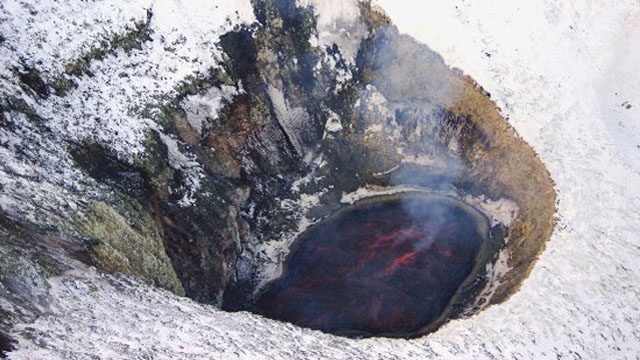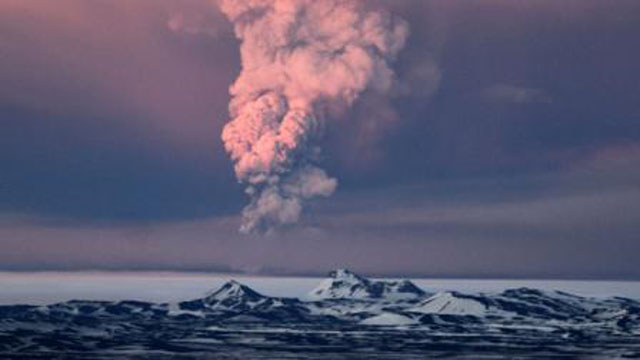Eyjafjallajökull flight cancellations: How the right decision is being made to look wrong

nA strombolian eruption in the crater of Eyjafjallajökull, taken on April 19, 2010. Image courtesy of the Icelandic Met Office.
nn
The Eyjafjallajökull eruption in Iceland has been one of the most fascinating eruptions in recent memory – and this is beyond the fact that it is a prime example of a “wired” eruption, where people from around the world can follow every aspect of the eruption from the comfort of their home. What will really be interesting is the political fallout from the six day closure of the airspace over most of Europe due to the ash. If you read the press, you’d think that people are raging in the streets over the closure – headlines like “Anger Mounts over Volcano Crisis Response” or “Airlines question draconian flight restrictions“. Sure, flights across Europe are close to back to 100%, minus some closures over Sweden and Norway, but a lot of what I read has an attitude of “How dare you inconvenience me and hurt the airlines with this foolish ban!”
nn
I feel like what we’re seeing is a lot of people making incorrect conclusions from the data. It goes something like this: Ash from a volcano closed airspace, now the airspace is open and no planes have crashed. Thus, the flight ban for the ash was unnecessary. This is what the airlines want us to believe – that they could have happily flown through the ash with no problem. Now, consider what would have happened if the EU had not closed airspace and there was an air disaster related to the ash. Now, people would be clammoring for people’s heads on pikes because they didn’t close the air due to the ash. So, close the airspace: too cautious. Don’t close the airspace: too reckless. This is a classic “no win” situation for the EU, meteorologists and anyone involved in the (in my opinion) right decision to play it safe – the trap of disaster mitigation is that if you get it right, and no one is hurt, then people fall into a sense of complacency. Suddenly, the loss of money has become as big a problem as the loss of life.
nn
There has been a lot of criticism about the fact that a lot of the ash ban made using computer models of the ash dispersal – and that is the best tool we have to predict the elevation and concentrations of ash. Sampling ash at all elevations all over Europe is not feasible at this point, so we needed to rely on models. We didn’t know what the volcano was going to do – would it continue to produce tall phreatoplinian ash clouds for weeks or would become less explosive as the crater lost access to abundant water? Opening the skies prematurely and then needing to safely land airplanes in ash or do a “open-closed” dance are both not pretty pictures.
nn
So, what are we left to gain? For one, the airlines will never let a closure like this go unquestioned for six days again. They lost too much money – $1.7 billion by some accounts. My optimistic side will hope that they will help fund better models and understanding of ash dispersal. My pessimistic side is they will force EU officials to take the “blame” for it and force their way into the decision-making process in future eruptions. On the plus side, the rapid reaction from EU and Icelandic officials meant that, to my knowledge, no passenger flights were put in harm’s way. Combined with the lack of direct fatalities in Iceland due to the eruption, this was a, to put it oddly, very well managed eruption (thank you Scandinavian!) My hope is that cooler heads will prevail and that the decision to keep planes out of the air will not be seen as poor decision, but rather, the wise, prudent decision it was based on the threat of ash to commercial aircraft.
nn
Alright, I’m off my soapbox…!
nn
As for the eruption, Eyjafjallajökull continues to look like it has settled down since the end of last week. Beyond the constant strombolian eruptions within the crater and some evidence of additional melting within the crater (as seen with floods and an expansion of the “crater” on the glacial ice cap), the ash plume is still reaching ~3-4 km above the crater – and recent NASA images of the plume show how much it has changed since the weekend. You can still watch the volcano on the various webcams (when the clouds permit) – and there is still a lot of activity to see (even if some reporters are already ending coverage).




